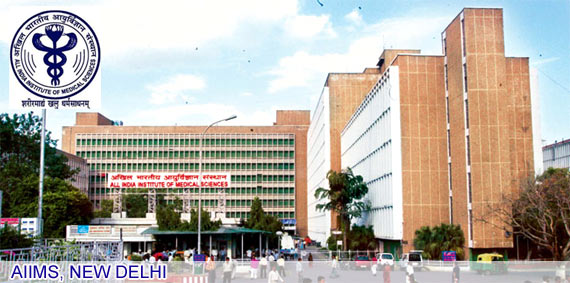A total of Rs 17,691.08 cr. invested in 157 new approved medical colleges since 2014

The Government of India has given a nod to as many as 157 new medical colleges in India since 2014 and has invested a total of Rs 17,691.08 crore on these projects, a health ministry release stated.
On completion, nearly 16000 undergraduate medical seats would be added. Of these, 6500 seats have already been created with the functioning of 64 new medical colleges.
The release further added that under the Centrally Sponsored Schemes (CSS), the Central Government has also provided about Rs 2,451.1 crore for the upgradation of existing state government or central government medical colleges to increase MBBS seats in the country.
The government of India has relentlessly pursued the aim of cultivating more human resources through Centrally Sponsored Schemes (CSS) that seek to address not only the issues of equity in medical education and but also the geographic disparity in the availability of medical care, it stated.
This is implemented by the following avenues:
Establishment of new medical colleges attached with existing district/referral hospital. Upgradation of existing state government/central government medical colleges to increase MBBS seats in the country and strengthening and upgradation of state government medical colleges for starting new PG disciplines and increasing PG seats.
Under the Scheme, medical colleges are established in districts that do not have either a Government or private medical college. Preference is given to underserved/backward/aspirational districts.
Under three phases of the scheme, 157 new medical colleges have been approved, out of which 63 medical colleges are already functional. Of the 157 new colleges that are being established under the Centrally Sponsored Scheme, 39 are being set up in aspirational districts.
As per the scheme guidelines, the state government is the implementing agency and the planning, execution and commissioning of the projects is to be done by the state government.
With the objective of creating 10,000 MBBS seats in government colleges in the country, the Ministry of Health & Family Welfare is implementing the Centrally Sponsored Scheme for up-gradation of existing state government/central government medical colleges to increase MBBS seats.
The funding pattern is 90:10 by central and state governments respectively for North Eastern States and Special category States and 60:40 for other States with the upper ceiling cost pegged at Rs.1.20 crore per seat. A total of 48 colleges in 15 states have been approved for an increase of 3325 seats with Rs 6719.11 crore released as Central Share.
Strengthening and upgradation of state government medical colleges for starting new PG disciplines and increasing PG seats:-
This initiative has been undertaken in two phases:
Phase-I of the scheme was launched in the XI Plan period to strengthen and upgrade state/central government medical colleges to create new PG seats. A total of 72 government medical colleges in 21 States/UTs have been approved under the scheme for increasing 4058 PG seats.
The objective of the Phase-II of the scheme was to create 4000 PG seats in government colleges in the country. The funding pattern is 90:10 by Central and State Governments respectively for the North Eastern States and Special category States and 60:40 for other states with the upper ceiling cost pegged at Rs.1.20 crore per seat. A total of 16 government medical colleges have been approved under the scheme for increasing 1741 PG seats to date. Funds to the tune of Rs.694.534 crore have been released under the scheme to date.
This Central Sector Scheme was envisaged to bridge the shortfall in manpower in the Medical Sector as also to bridge the geographical imbalance in the availability of trained medical manpower across the country. Major milestones being achieved by the Scheme include increasing the availability of health professionals, correcting existing geographical imbalance in the distribution of medical colleges, promoting affordable medical education, utilizing the existing infrastructure of district hospitals and improve tertiary care in the government sector.

Subscribe To Our Newsletter & Stay Updated